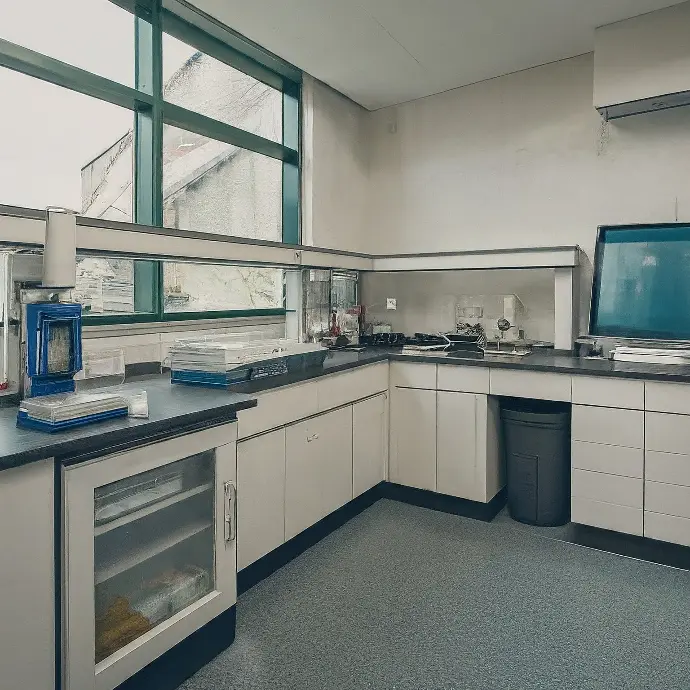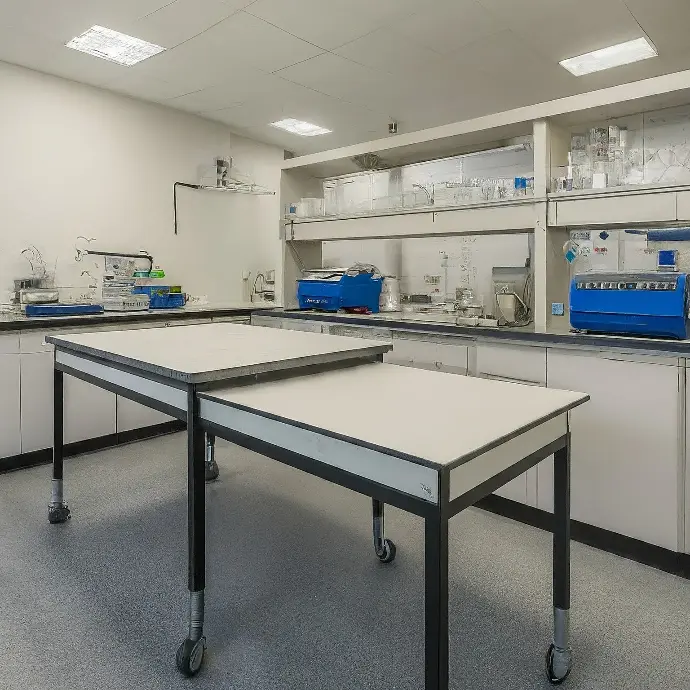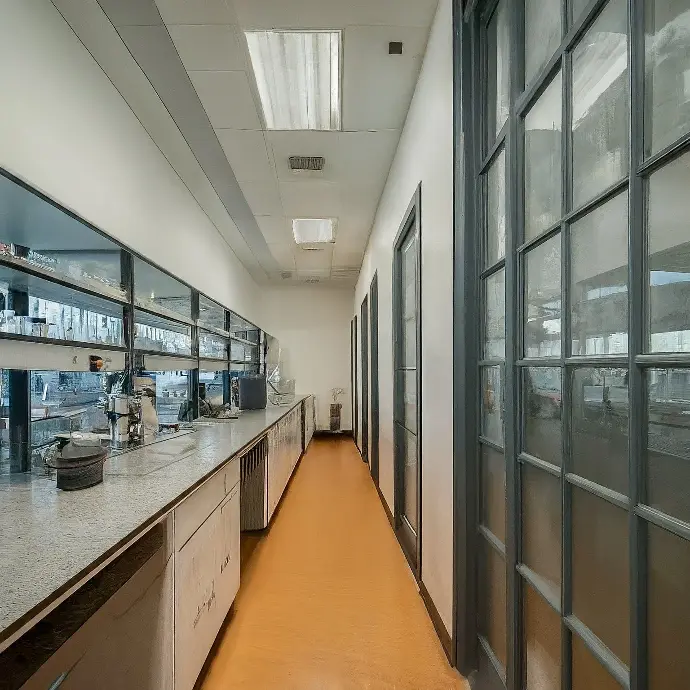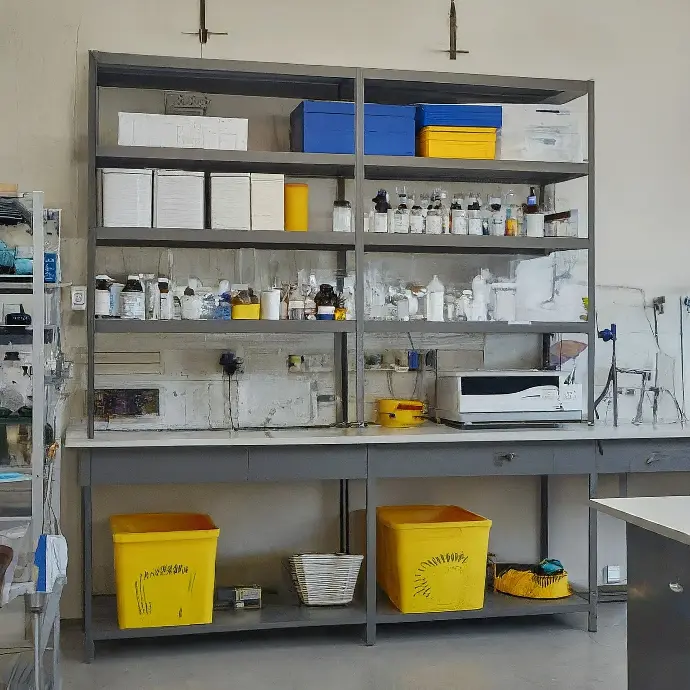Introduction:
Labs are central to scientific discovery. Their design directly affects how efficiently researchers can work. A well-designed lab can significantly improve productivity, safety, and research success. This blog explores key features of lab design that impact workflow and provides strategies to optimize these environments.
Layout and Space Utilization:
The physical layout of a lab is crucial. A good layout minimizes how far researchers need to move between stations, equipment, and storage. Here's what to consider:
Workstation Arrangement: Group similar tasks and equipment together. This reduces movement and streamlines processes. For example, place sample prep stations near analysis instruments.
Flexible Spaces: Use modular furniture and movable benches for easy reconfiguration as research needs change. This allows for adapting to different projects and team sizes.
Clear Pathways: Ensure unobstructed paths to prevent accidents and allow easy movement.
Ergonomics and Safety:
Ergonomically designed workstations reduce injury risk and enhance comfort, leading to better focus and productivity. Important features include:
Adjustable Benches and Chairs: Allow researchers to work at comfortable heights, reducing fatigue and improving precision.
Proper Lighting: Adequate lighting, both natural and artificial, minimizes eye strain for tasks requiring fine detail.
Safety Measures: Fume hoods, emergency showers, and proper ventilation ensure a safe working environment, reducing the risk of accidents and workflow disruptions.
Technology Integration:
Modern labs rely on sophisticated technology to streamline operations. Integrating technology effectively helps with workflow through:
Automated Systems: Automating routine tasks like sample handling and data entry frees up researchers for more complex activities.
Digital Connectivity: Seamless connection between instruments, computers, and data storage allows for real-time data analysis and sharing, improving collaboration and decision-making.
Smart Lab Management Systems: These systems monitor and control various lab functions, such as temperature, humidity, inventory, and equipment maintenance, leading to less downtime and optimized resource use.
Storage Solutions:
Efficient storage prevents clutter and ensures easy access to materials and equipment. Key strategies include:
Categorized Storage: Clearly labeled and categorized storage areas for chemicals, samples, and equipment help with quick retrieval.
Vertical Storage: Utilize vertical space with shelving and cabinets to maximize storage capacity without using valuable floor space.
Inventory Management: Implementing a system to track supplies and reagents prevents shortages and overstocking, ensuring resources are available when needed.
Collaboration and Communication Spaces:
Collaboration is essential in scientific research. Designated spaces for meetings and discussions can enhance teamwork and innovation. Consider including:
Meeting Rooms: Equipped with whiteboards, projectors, and videoconferencing tools to facilitate brainstorming and remote collaboration.
Breakout Areas: Informal spaces where researchers can discuss ideas and findings in a relaxed setting, promoting spontaneous collaboration.
Open Plan Areas: An open layout can foster communication and quick consultations, but balance noise levels and privacy needs.
Conclusion:
Lab design significantly impacts workflow efficiency, affecting everything from daily productivity to long-term research outcomes. By considering layout, ergonomics, technology, storage, and collaboration spaces, lab managers and designers can create environments that support and enhance scientific work. An efficiently designed lab not only boosts productivity but also ensures safety and fosters a culture of innovation and collaboration.



